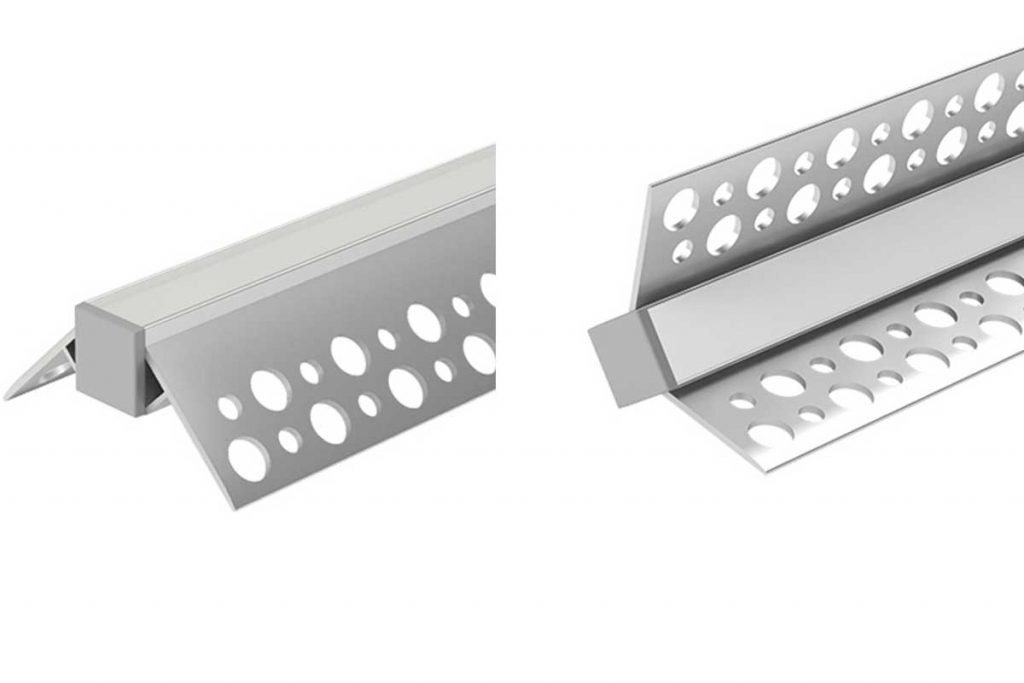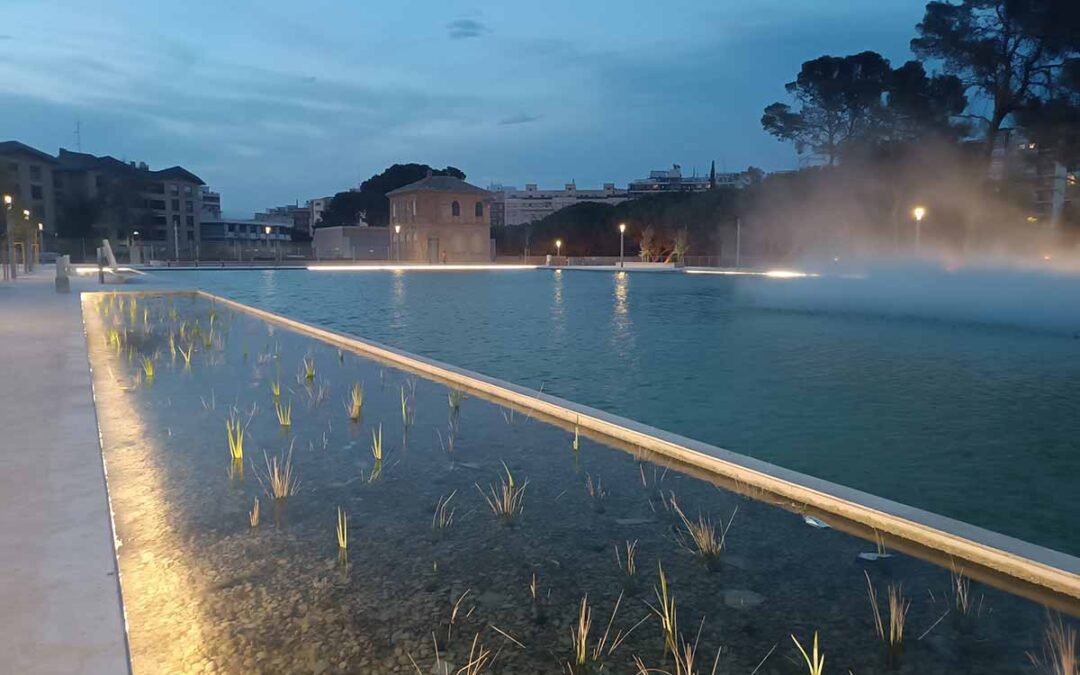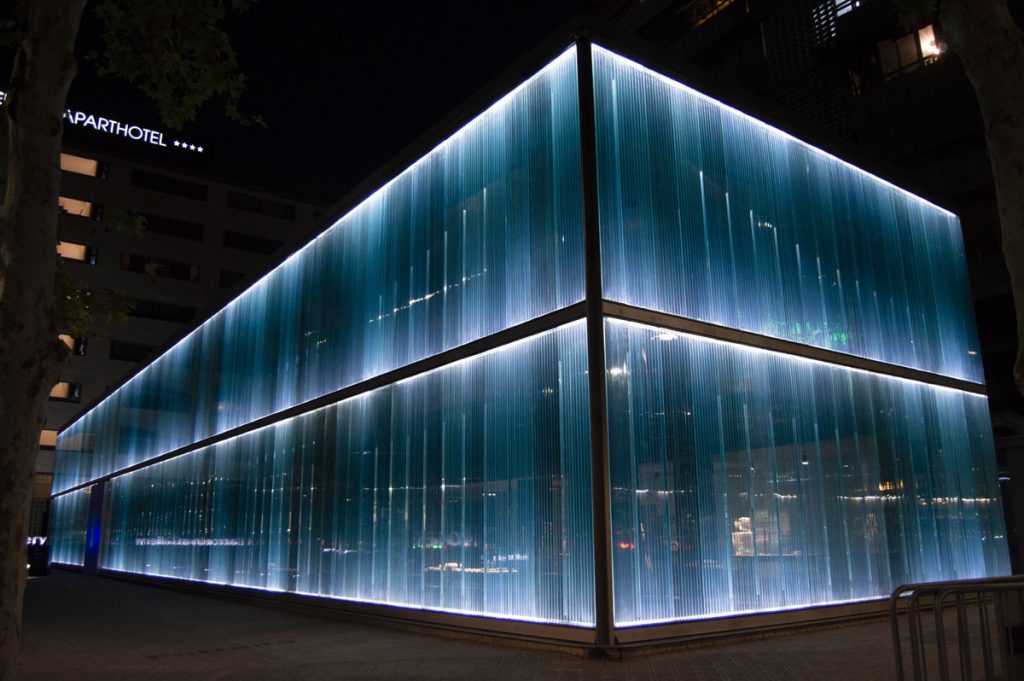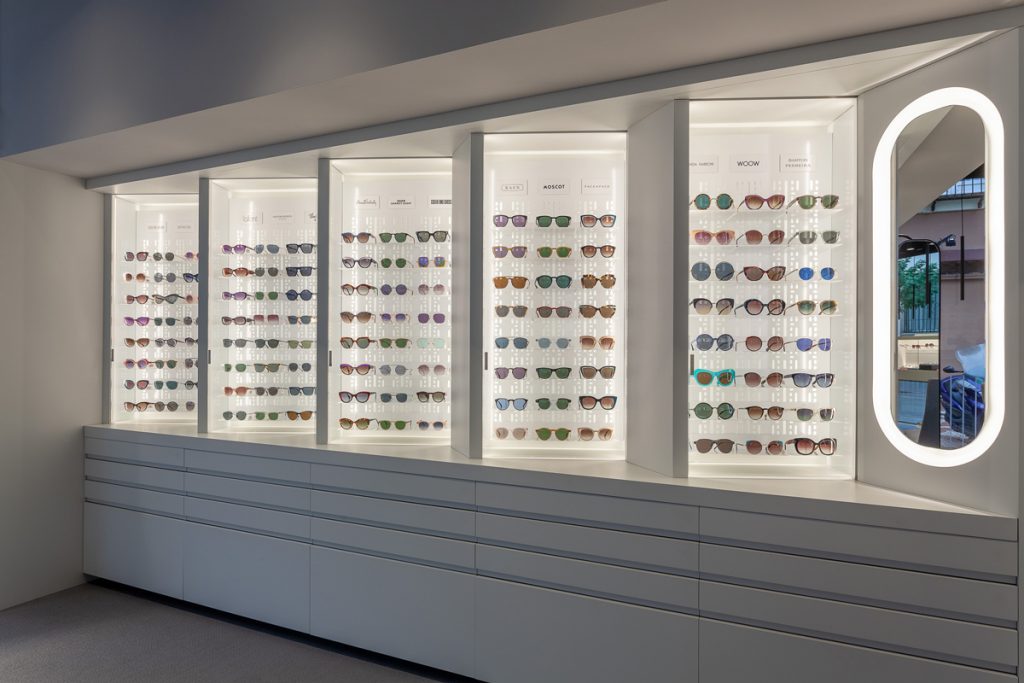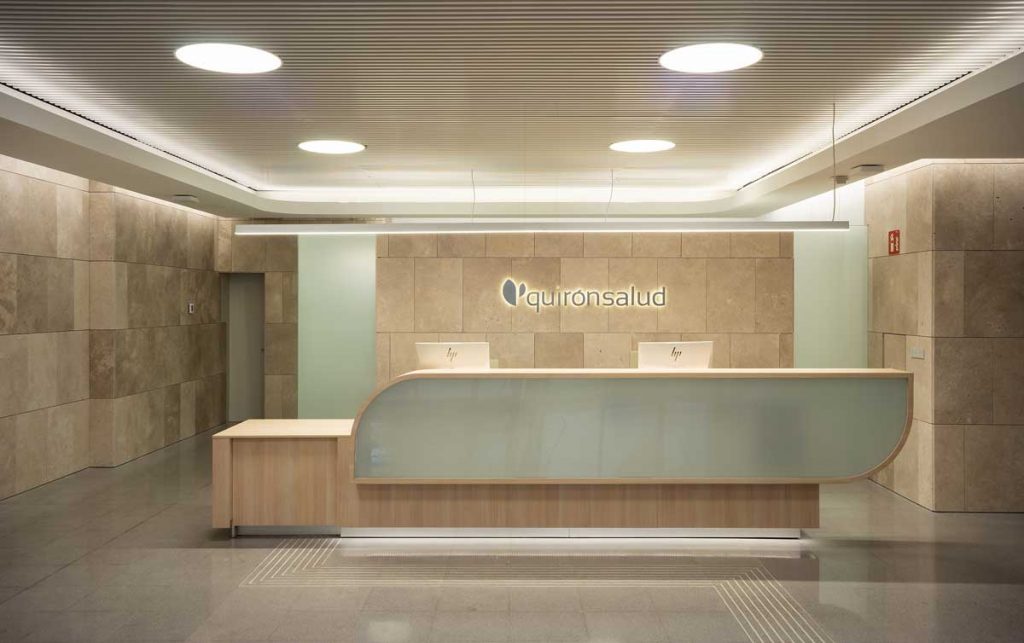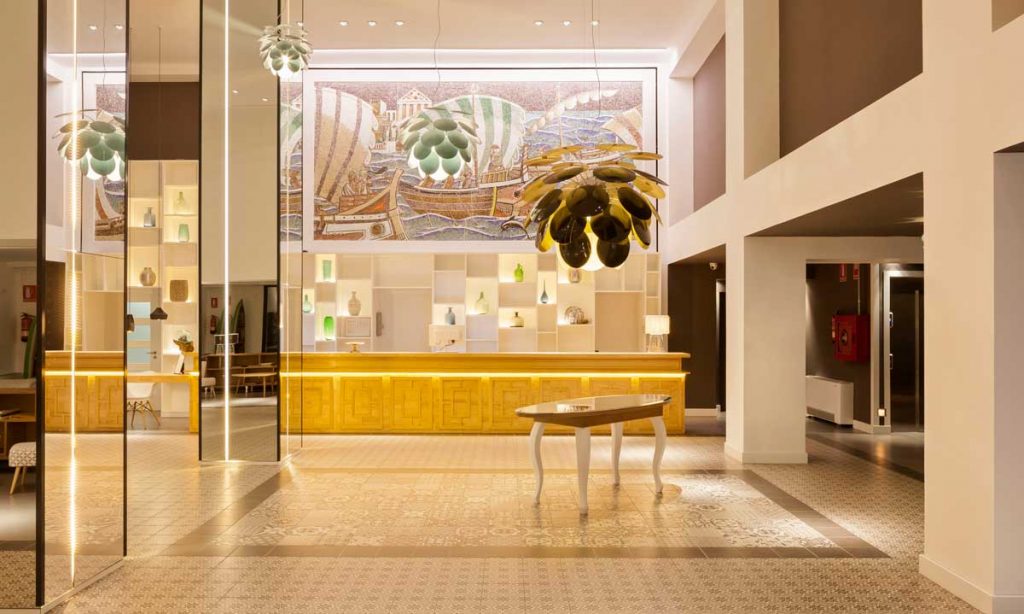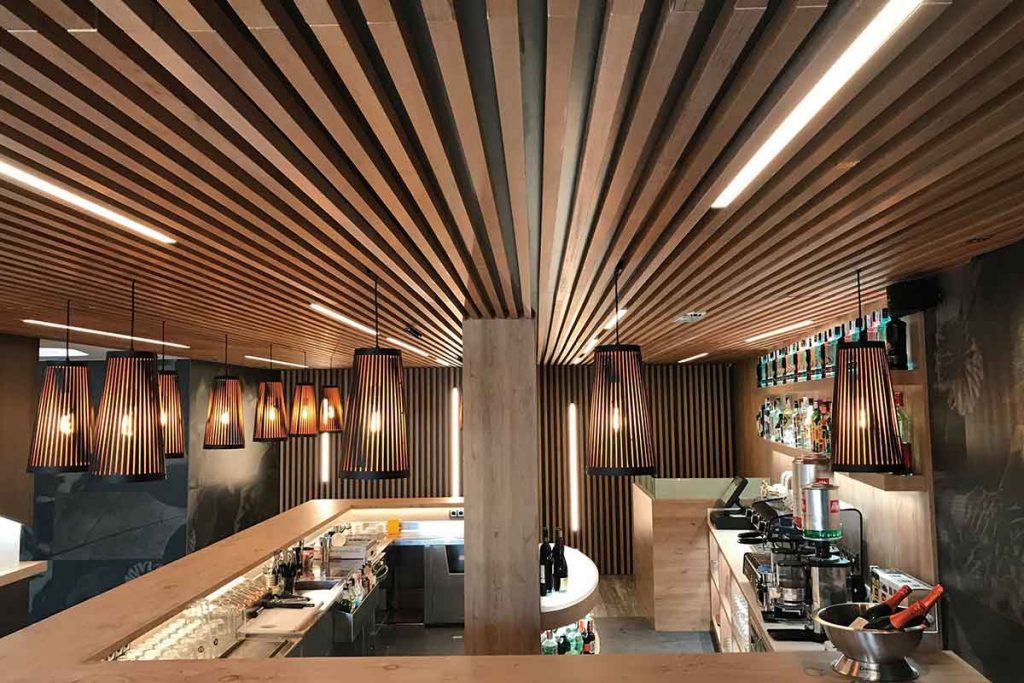
Less is more
This maxim from the Modern Movement coined by German architect Ludwig Mies van der Rohe encapsulates the whole concept of minimalism: the pursuit of perfectioning by chipping away everything superfluous from the space. The complexity of this stance lies in deciding which elements of the architecture to remove from the equation when developing the design process.
Light is an essential and indissoluble part of any project, and its main aim should be to enhance the surrounding architecture. Therefore, a good lighting project should never involve garish light fittings that dilute the designer’s spatial idea or concept.
Variety of recessed profiles
The best way to achieve this is by using integrated linear lighting. At Lluria we have a wide variety of recessed profiles, which can be combined to provide lighting to all aspects of the project. As their own name suggests, the fact that they can be integrated into space makes them the best tools as they add value while remaining ‘invisible’.
Variety of recessed profiles
The best way to achieve this is by using integrated linear lighting. At Lluria we have a wide variety of recessed profiles, which can be combined to provide lighting to all aspects of the project. As their own name suggests, the fact that they can be integrated into space makes them the best tools as they add value while remaining ‘invisible’.
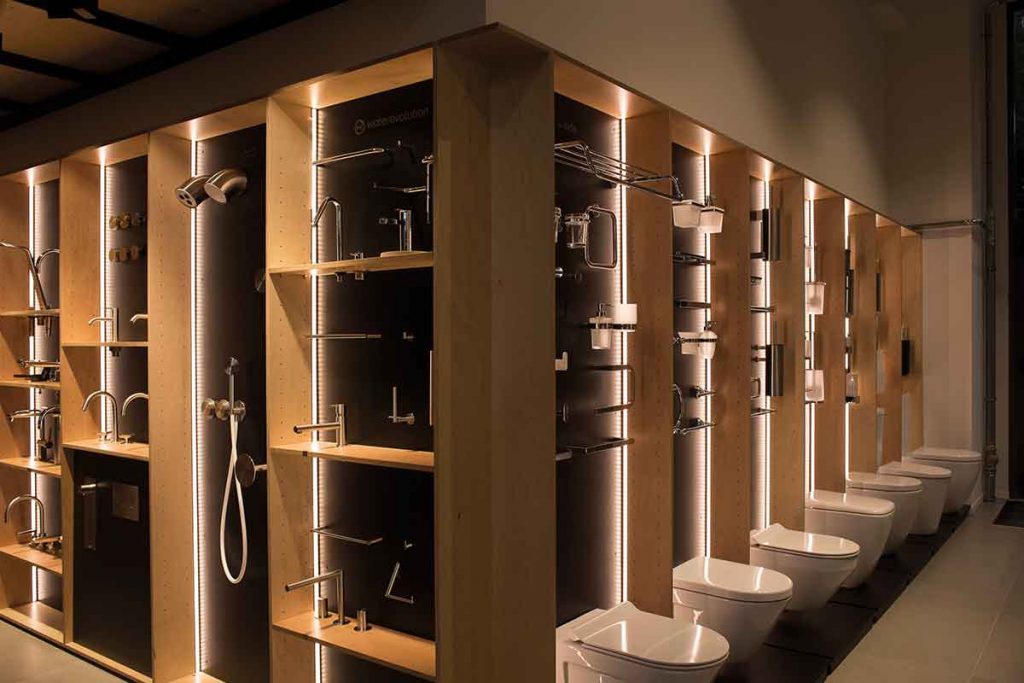
Direct and functional light
For areas where direct and functional lighting is required, the STD1, ST52 or ST67 profiles are a very effective solution. Their different heights and dimensions provide great flexibility for the installation and commissioning.
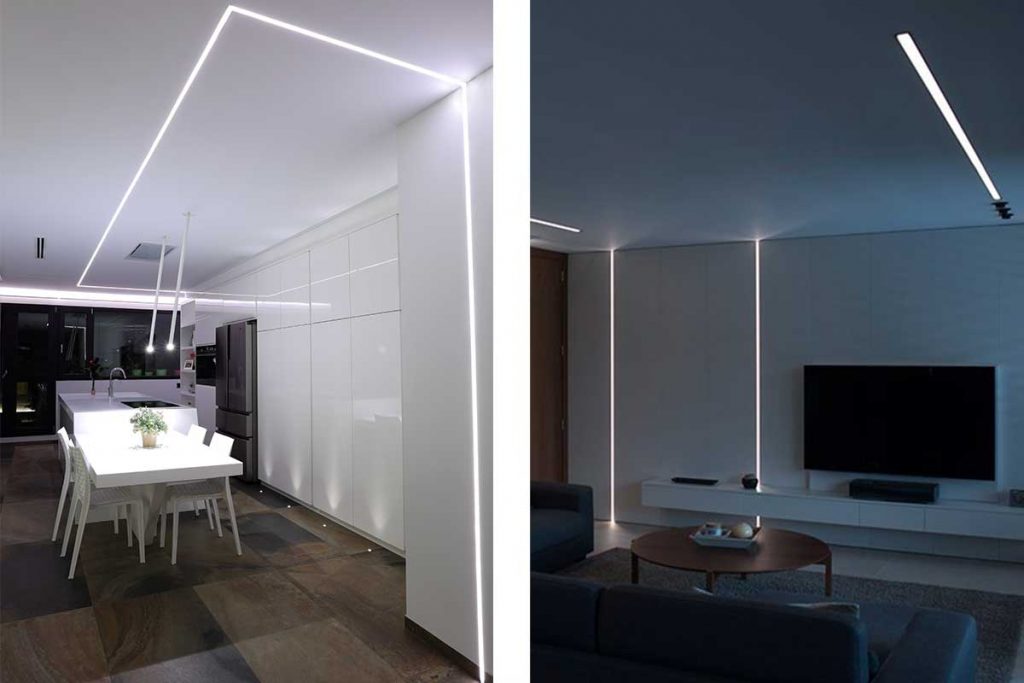
Indirect ambient lighting
If you also want to provide indirect ambient lighting while creating a soft, subtle effect, you can integrate ST54 profiles, perfect for marking a diffuse and linear line of light on any vertical wall.

Marking and defining contours
You can use lighting to highlight the contours of the architecture for both aesthetic and functional purposes. One of our most special profiles is the ST29. This profile allows you to do away with constructive elements like skirting boards, as well as illuminate and highlight corridors or common areas. On the other hand, you also have the option to trace edges and meeting points between vertical walls with light with the ST64 or ST65 profiles.
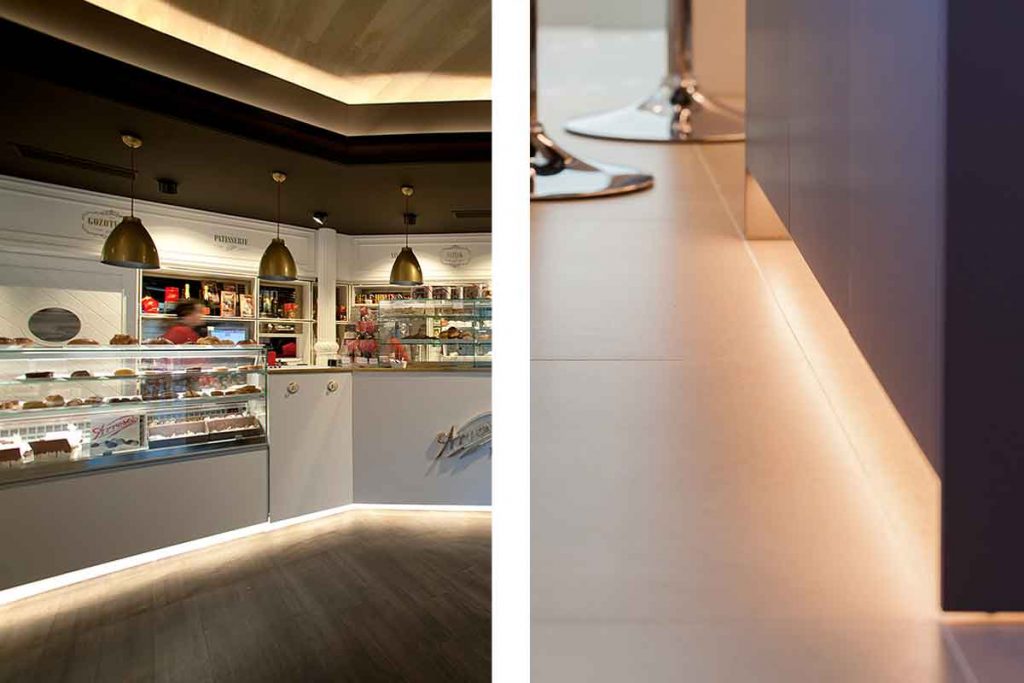
Light on flooring
Lastly, if you’re interested in illuminating the space from the flooring itself, the ST55 or ST56 profiles are the most suitable for indoor application. In addition to illuminating the floor, you can also bathe the surfaces and vertical finishes. For outdoor applications, we offer the ST57 version with IP67 protection and a resistance to road traffic of up to 2,000 kg.
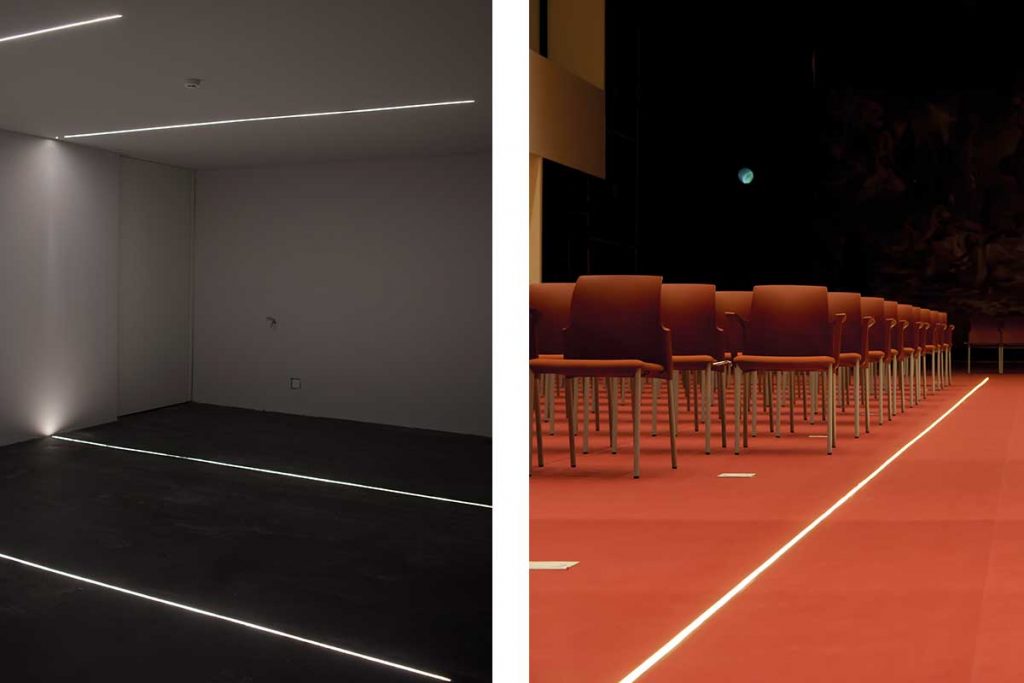
Integrated lighting can be the best way to give light to a project. If you have any questions, our technical team will be happy to advise you and propose the best solution at any time. Illuminate more with less, illuminate better, illuminate with Lluria.
